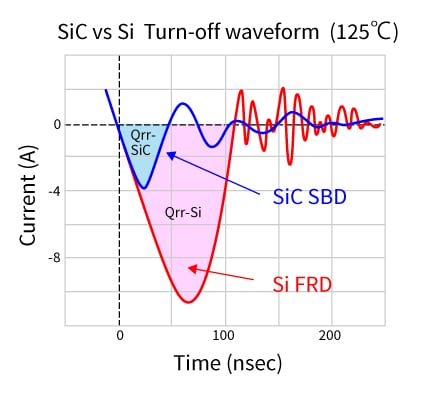- 半導體首頁
-
應用Automotive
Body Electronics
xEV
In-Vehicle Infotainment
Advanced Driver-Assistance Systems (ADAS)
Chassis
IndustrialInfrastructure
BEMS/HEMS
Factory Automation
Commercial Equipment
Consumer/PersonalIoT Equipment
Healthcare
Wearable Device
Mobile
Computer Peripherals
-
產品車用元件
Discrete Semiconductor
Diodes
電晶體
通用邏輯IC
Analog Devices
Digital Devices
Wireless Devices
※
: Products list (parametric search)
功率半導體※
: Products list (parametric search)
隔離器/固態繼電器Photocouplers
Digital Isolators
※
: Products list (parametric search)
MOSFETsIGBTs/IEGTs雙極性電晶體※
: Products list (parametric search)
Diodes※
: Products list (parametric search)
微控制器馬達驅動 ICs智能功率 ICs※
: Products list (parametric search)
電源管理 ICs線性 ICs※
: Products list (parametric search)
通用邏輯 ICs線性影像感測器其他產品其他產品
※
: Products list (parametric search)
-
開發/設計支援
開發 / 設計支援
-
技術知識
- 購買管道
- 型號 & 關鍵字搜尋
- 交叉搜尋
- 參數搜尋
- 線上庫存查詢跟購買
This webpage doesn't work with Internet Explorer. Please use the latest version of Google Chrome, Microsoft Edge, Mozilla Firefox or Safari.
型號需要超過三個文字以上 Search for multiple part numbers fromhere.
The information presented in this cross reference is based on TOSHIBA's selection criteria and should be treated as a suggestion only. Please carefully review the latest versions of all relevant information on the TOSHIBA products, including without limitation data sheets and validate all operating parameters of the TOSHIBA products to ensure that the suggested TOSHIBA products are truly compatible with your design and application.Please note that this cross reference is based on TOSHIBA's estimate of compatibility with other manufacturers' products, based on other manufacturers' published data, at the time the data was collected.TOSHIBA is not responsible for any incorrect or incomplete information. Information is subject to change at any time without notice.
型號需要超過三個文字以上
SiC Schottky barrier diodes (SBDs) with low switching loss

An SBD is a unipolar device formed by the junction of a semiconductor with a metal. In principle, SBDs have no reverse recovery time that causes a problem with pn junction diodes. Therefore, SBDs help to considerably reduce the switching loss during turn-off.
A pn junction diode is bipolar as conduction is due to both holes and electrons. The pn junction diode has reverse recovery time since minority carriers (electrons in the case of the p layer and holes in the case of the n layer) remain at the junction during turn-off. In contrast, being unipolar, SBDs do not have reverse recovery time. However, since the depletion region at the junction of a metal and a semiconductor has capacitance, current due to its charging and discharging flows. Although this capacitance is a function of temperature and reverse bias voltage, it is hardly affected in the high-voltage region where typical SiC SBD applications operate.
In addition, this capacitance is a not function of current. Unlike the capacitance of pn junction diodes, it is hardly dependent on current at less than the rated DC current. However, SiC SBDs with an MPS structure might be affected by minority carriers at a current exceeding the rated DC value.
The capacitance of an SBD is calculated as follows:
C(VR) = S x [ ε x q x Nd/{2 x (Vbi + VR)}]^0.5
Vbi: Built-in voltage (= work function of a metal – work function of an n-type (p-type) semiconductor)
S: Junction area, ε: Dielectric constant, q: Unit charge, Nd: Dopant concentration
VR: Reverse bias voltage
Although Vbi is a function of temperature, it is negligible because Vbi << VR.
SiC schottky barrier diodes
Simulation
Related information
Queries about purchasing, sampling and IC reliability
線上庫存查詢跟購買
型號需要超過三個文字以上
Through this website you are able to proceed to the website of our distributors ("Third Party Website") which is not under the control of Toshiba Corporation and its subsidiaries and affiliates (collectively "Toshiba"). The Third Party Website is made available to you as a convenience only and you agree to use the Third Party Website at your own risk. The link of the Third Party Website does not necessarily imply a recommendation or an endorsement by Toshiba of the Third Party Website. Please be aware that Toshiba is not responsible for any transaction done through the Third Party Website, and such transactions shall be subject to terms and conditions which may be provided in the Third Party Website.

